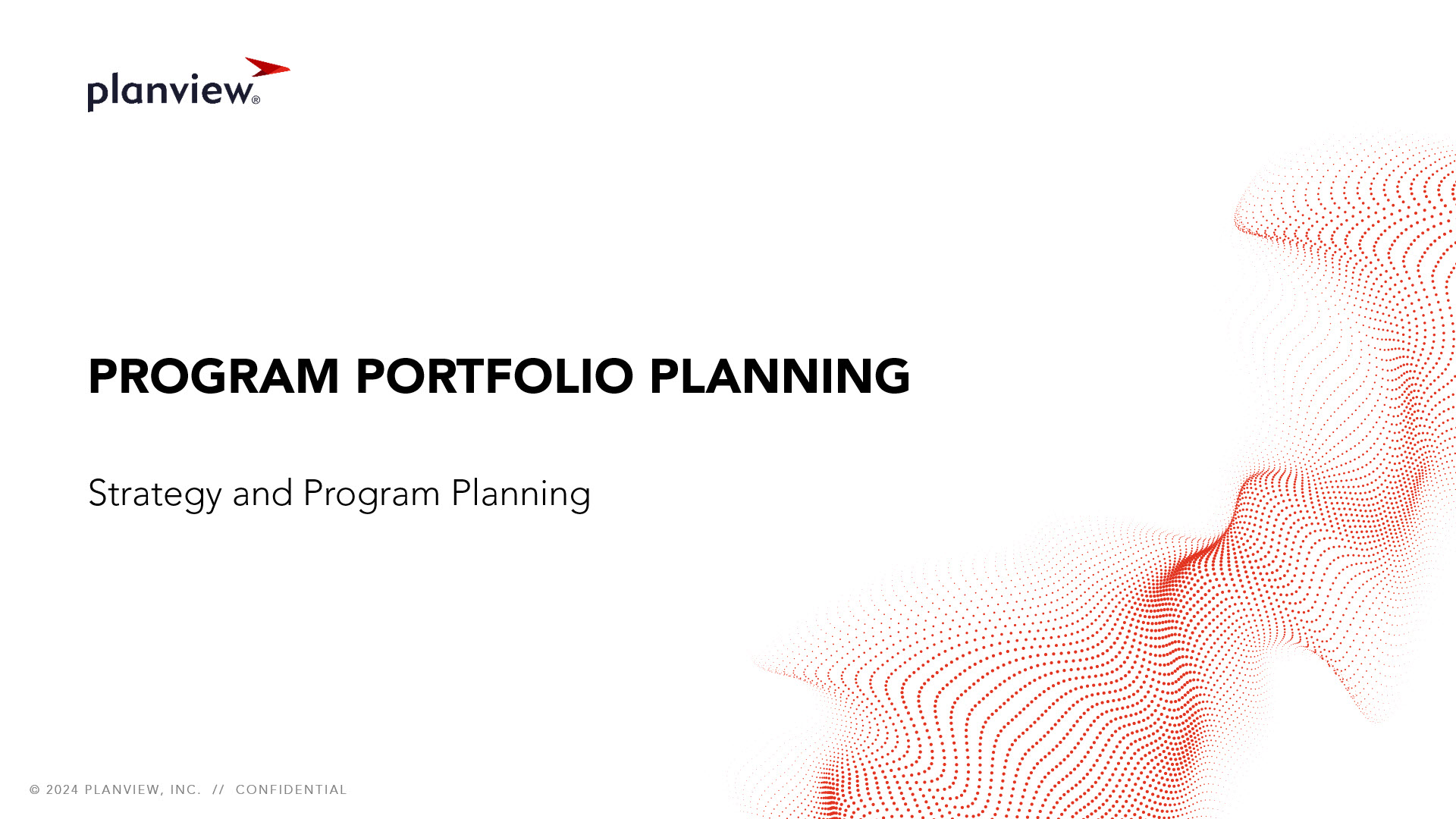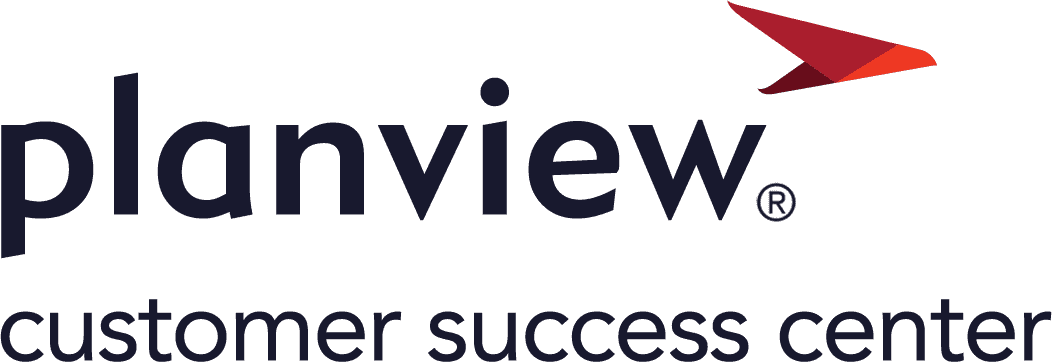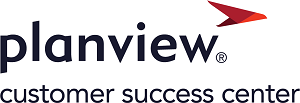Portfolios process flows
Program portfolio planning supports a clear process for initiating new business requests, managing new programs, and progressing programs through execution and delivery. A high-level estimate of program costs and benefits are captured in the financial plan, and a strategic program roadmap is created to track progress on project delivery, business outcomes, and important program milestones.

Business requests process steps

| Process Step | Description |
|---|---|
| Initiate request |
Requests provide one way that new entities – such as projects, programs, products – can be initiated in Planview Portfolios. This allows incoming requests to be well-defined, categorized, and assigned to the right area for delivery. This also allows requests to be evaluated against each other to compare scoring, impacts, and alignment. When a new request is created, certain fields will be required to ensure the data needed for appropriate categorization is provided. Request assignment and any lifecycle steps will start following your defined governance process. For more information: |
| Describe and categorize request |
During the initiation of a request, information is populated into Planview Portfolios to describe and categorize the request within the register. Often a minimum level of required categorization or descriptive information is enforced during the creation of the request via a lifecycle workflow to satisfy the specific data and information needs of the organization. For more information: |
| Review request |
The purpose of this step is to review and analyze the request in preparation for dispatch. Once you have a request portfolio, you can see detailed information regarding the requests that are included in your portfolio on the Portfolio Manager tile within the Request Portfolio View screen.For more information: |
| Dispatch request |
The purpose of this step is to connect the request with a relevant entity in Planview Portfolios. This can be achieved by either dispatching the request, which generates a new entity, or by associating it with an entity that already exists. Planview Portfolios can route requests to a dispatcher, who is the user responsible for evaluating the requests and then performing the following tasks. Depending on whether your system configuration supports request lifecycles, a dispatcher can perform those tasks through request lifecycles or from the Request View screen without the use of lifecycles. The dispatcher can:
For more information: |
| Close request |
If approval is not granted or the request is no longer needed, change the status to closed. This provides a record of its status for reporting and ensures that no further updates can be made to the request. Depending on the internal business process, the process to close the request can vary and may contain approval gates in a lifecycle workflow. In these instances, successful completion of the lifecycle steps by the relevant users will automatically close the Request. The status of the request can be changed in the Request Detail screen, or directly in the Portfolio Manager using an appropriate column set selection. For more information: |




